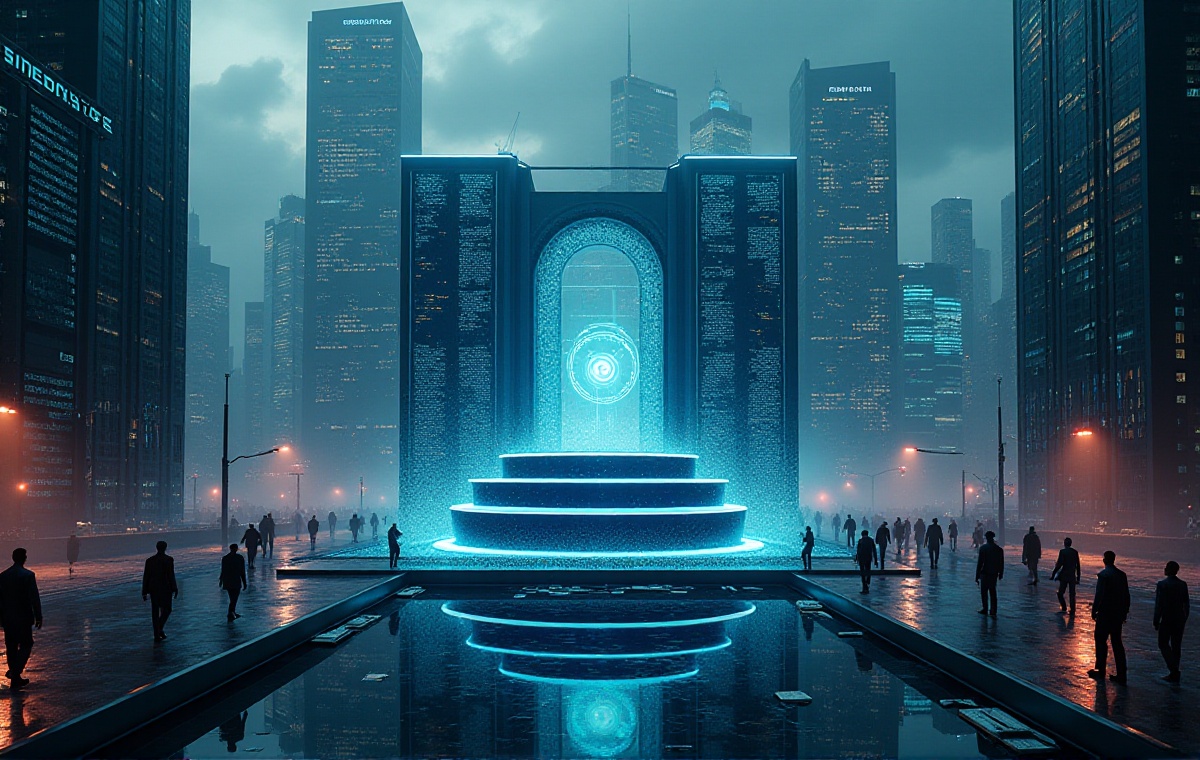Opening Thoughts
I recently traveled to the United States again and made an interesting discovery. At the airport, I witnessed two distinctly different scenes: on one side, large crowds waiting in long lines to pass through customs, sweating and exhausted; on the other side, small groups of travelers casually walking through dedicated lanes, finishing in just minutes. At first, I thought it was some VIP channel, but later learned it was because they had downloaded several particularly useful mobile apps beforehand. It made me realize that in this technological age, those who know how to leverage technology really have an advantage everywhere!
Time-Saving Tools
Speaking of this topic, I have to share my personal experience. I remember my first trip to the United States last year when I was the most naive regular tourist. Carrying bags and luggage, I obediently queued in the regular immigration lane with everyone else. The process felt endless - my legs went numb from standing, and just the queue alone took an hour and a half! Worse still, due to flight delays and peak hours, by the time I finally completed immigration and came out, my friend picking me up had already circled the parking lot several times.
But this time I did my homework thoroughly and specifically researched strategies for this. Sure enough, when I confidently took out my phone and opened the pre-downloaded apps to pass through the dedicated lane, the envious looks from people around were quite obvious. Honestly, it felt pretty good and really made me understand what it means to "let technology work for you."
Essential Tools
First and foremost, I must introduce the Mobile Passport app. To be honest, when I first heard about this app, I was a bit skeptical. But after using it, I realized it's truly amazing! It's basically an electronic version of all those immigration forms you used to have to fill out by hand. You can leisurely input your passport information and travel details while still on the plane. When you arrive at the airport, you can confidently use the dedicated fast-track lane.
My personal experience at New York's JFK Airport last week absolutely amazed me. I was among the first few rows of first class to deplane, and from exiting the cabin to getting my luggage through customs, the entire process took only 20 minutes! Keep in mind that passengers from the same flight who were behind me spent nearly two hours just waiting in line. This huge contrast made me realize: those in the know can really live so much more efficiently.
Moreover, this app now has extensive coverage. It's supported at 31 major airports and 4 seaports across the United States. Major hubs like New York's JFK and LaGuardia airports, Los Angeles International Airport, San Francisco International Airport, and Miami International Airport all fully support it. According to official U.S. Customs statistics, travelers using Mobile Passport clear customs 70% faster on average than those using regular lanes. This isn't just marketing - it's based on actual statistical results.
The best part is that this app is completely free. You don't need to pay any fees or schedule interviews; just download it and register an account following the prompts to start using it. It supports family sharing with one account, allowing up to 12 family members, which is incredibly convenient for families traveling with elderly parents and children. Before each entry, you just need to update your trip information and take a new selfie, and the system will automatically generate a QR code. When you arrive at immigration, the customs officer scans this QR code, checks your passport, and you're good to go.
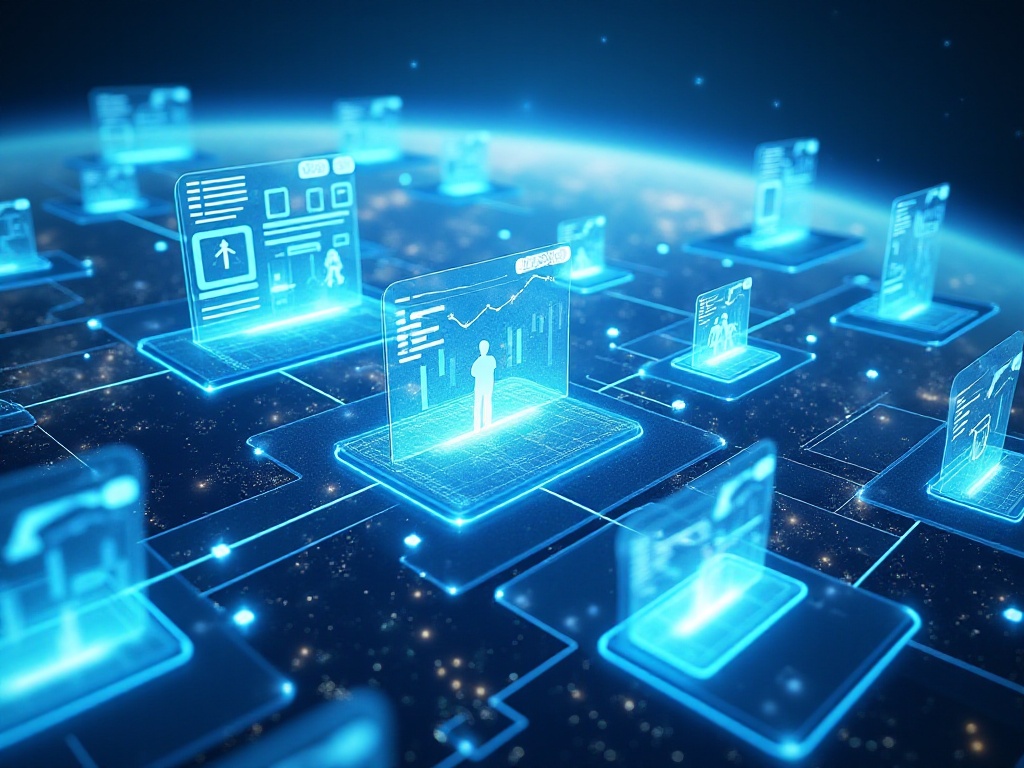
Membership Benefits
After covering the free options, let's talk about premium paid experiences. If you're a frequent business traveler to the U.S. or a travel enthusiast, Global Entry is definitely an option you shouldn't miss. Yes, it does cost $100 to apply, but that $100 is valid for a full 5 years, averaging just $20 per year. Honestly, considering this price and the convenience it brings, it's totally worth it.
Let me break down the math for you. Global Entry's most powerful feature is that it's an "all-access pass." Not only can you use automated kiosks for entry, but you also automatically get TSA PreCheck eligibility. This means you can use fast-track security lanes for domestic U.S. flights, without removing shoes, coats, laptops, or liquids during screening. This feature alone saves you considerable time and hassle.
Look at the data to see how impressive it is. In 2022, statistics showed that 93.7% of Global Entry travelers completed their entry procedures within 5 minutes. Wow, 5 minutes! Remember, regular lanes typically take 45 to 90 minutes. Think about it - if you visit the U.S. four or five times a year, saving at least 40 minutes each time, isn't that $100 totally worth it?
Plus, the Global Entry experience is excellent. You just go to a self-service kiosk, provide your fingerprint, answer a few simple questions, and the machine prints out a receipt. Show this receipt to the customs officer, and you're done. The whole process flows smoothly and seamlessly. It feels like riding an electric bike among pedestrians - incredibly efficient.

Practical Tools
Next up is the CBP One app. Although it's not as well-known as the previous two, it's equally practical. Its biggest highlight is allowing you to schedule Global Entry interviews in advance. You wouldn't believe how difficult it used to be to schedule interviews! You had to make phone calls, often encountered busy lines, and even when you got through, the timing might not work - it could take days just to schedule an interview.
Now with CBP One, you just open the app, select a suitable time and location, and click to make an appointment. It also updates available time slots in real-time, and if your preferred time is full, it actively suggests other available times. This experience is like upgrading from phone ordering to a food delivery app - incredibly convenient.
Speaking of high-tech, we can't forget about CLEAR. This is truly a cutting-edge product. It uses biometric technology, verifying identity through iris or fingerprint scanning. Although it costs $189 annually for membership, it's definitely worth it if you frequently fly domestic U.S. routes.
According to data from the first quarter of 2023, CLEAR users average just 5 minutes to pass through security. Think about it - at major airports, especially during morning and evening peak hours, regular security lines might take 40-50 minutes. But you can go directly through the CLEAR lane, scan your iris, and pass through in minutes. It's like having a private entrance at a crowded subway station - no pushing through crowds, just scan and enter.
Plus, CLEAR isn't just for airports anymore - many sports venues and concert halls now support it too. This means you can use fast-track lanes when attending NBA games or concerts. Imagine being comfortably seated while others are still waiting in long lines - isn't that great?
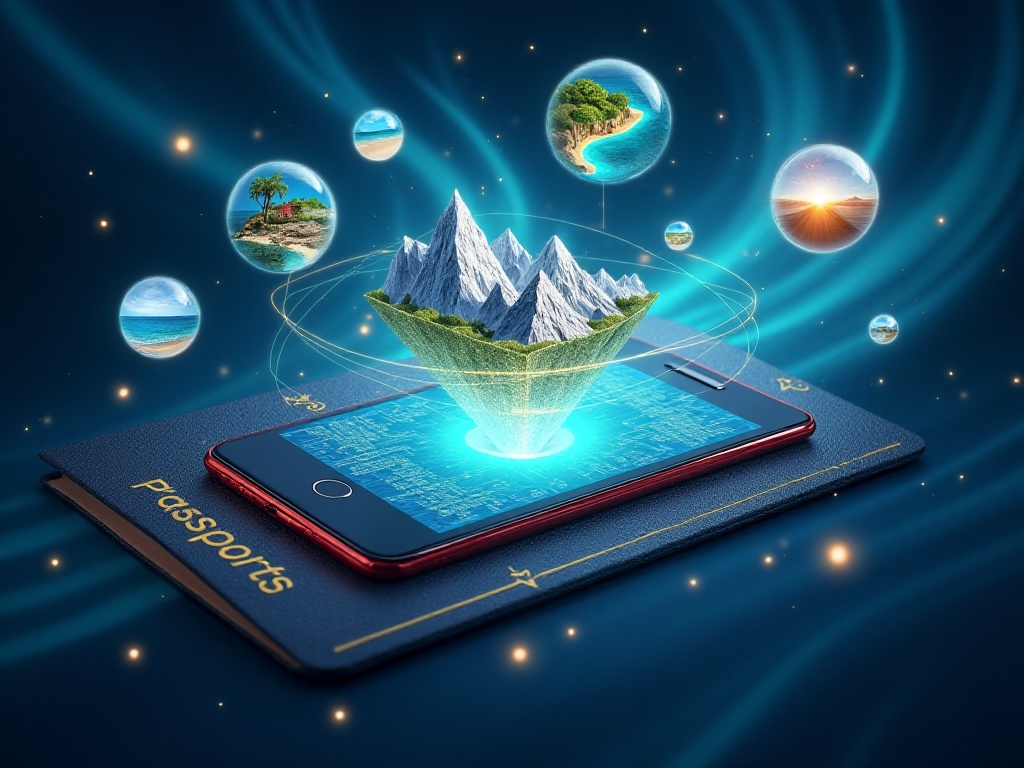
Money-Saving Tips
Speaking of these paid services, some friends might think the fees are high. But I want to tell you there are many ways to save on these costs. For example, if you have an American Express Platinum Card or Chase Sapphire Reserve credit card, they'll fully reimburse your Global Entry or TSA PreCheck application fee. It's like getting a free five-year membership - why not take advantage of that?
As for CLEAR membership fees, if you're a Delta Air Lines or United Airlines Platinum frequent flyer program member, you can use it for free. Many credit cards also offer partial CLEAR fee reductions. For instance, American Express Platinum cardmembers get an annual $189 CLEAR fee credit, essentially making it free to use.
Speaking of credit cards, I recommend that frequent international travelers get a card with Priority Pass. This way, you not only enjoy expedited customs clearance benefits but also get free access to airport lounges. After a long international flight, having a comfortable place to rest, take a shower, and grab some food is really wonderful.
Important Notes
Although these apps are very useful, there are some details to pay attention to when using them. First, make sure your phone is fully charged. I once experienced nearly reaching the self-service kiosk only to find my phone at 5% battery - that feeling of panic was really unpleasant. Now I always carry a power bank; better to have it and not need it than need it and not have it.
Second, these apps must be downloaded and registered in advance. Don't wait until you're at the airport to frantically download and register, as airport network signals are often unstable, and many times you'll need to verify your email. I've seen people trying to register while in line, unable to receive verification codes, and having to sheepishly go to the regular lane.
The third point to note is that these apps need access to your location information and camera permissions. So make sure to enable these permissions in your phone settings beforehand. This is especially important for iPhone users, as iOS has stricter permission management that might affect usage if not set up properly.
Another point is to ensure the information you enter in these apps is completely accurate. This information is transmitted directly to customs, and if there are errors, it will not only affect your clearance speed but might also raise suspicions about providing false information. So I recommend carefully checking when filling out information, especially crucial details like passport numbers and flight information.
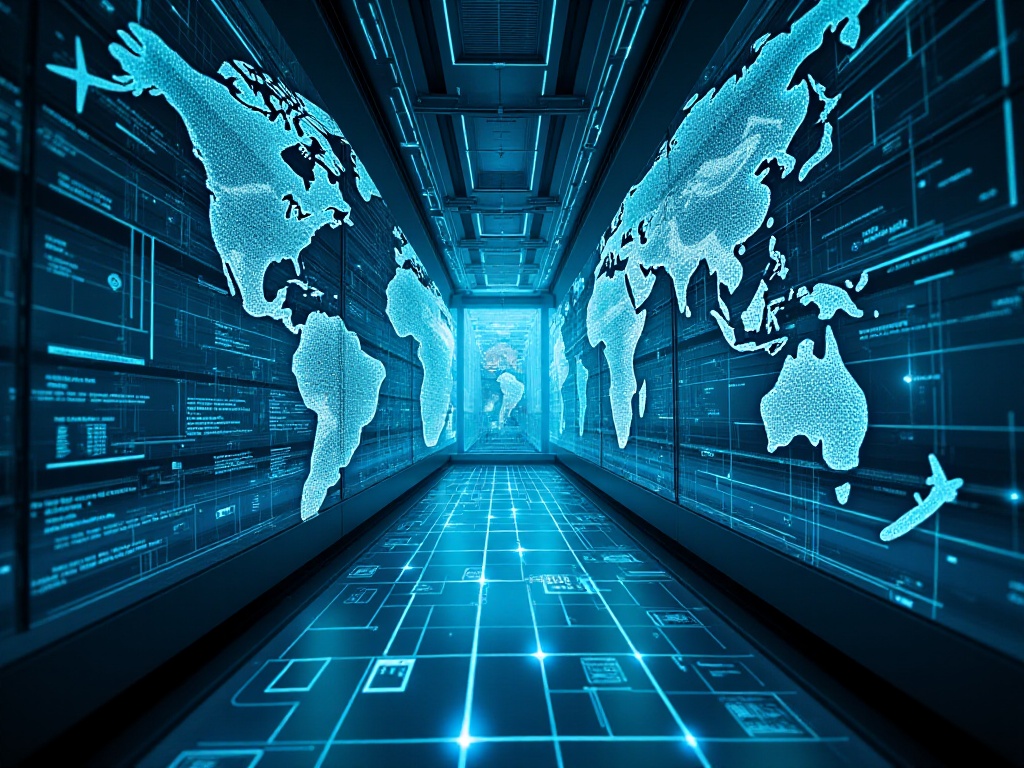
Practical Advice
After saying all this, some friends might ask: with so many apps, how should I choose? My suggestion is to take a gradual approach. You can start with Mobile Passport since it's completely free and doesn't require an interview - the lowest barrier to entry. After using it for a while, if you find it helpful, then consider applying for Global Entry.
When choosing apps, the key is to decide based on your travel frequency. If you only visit the U.S. once or twice a year, Mobile Passport is completely sufficient. But if you're a business traveler frequently traveling between China and the U.S., or often flying domestically within the U.S., then investing in a Global Entry plus CLEAR combination is definitely worth it.
When using these apps, I suggest setting up reminders. For example, set a reminder 24 hours before your flight to update your Mobile Passport information. This helps avoid scrambling on the plane. It's also best to keep these apps on your phone's first screen or in a dedicated folder so you can quickly find them when needed.
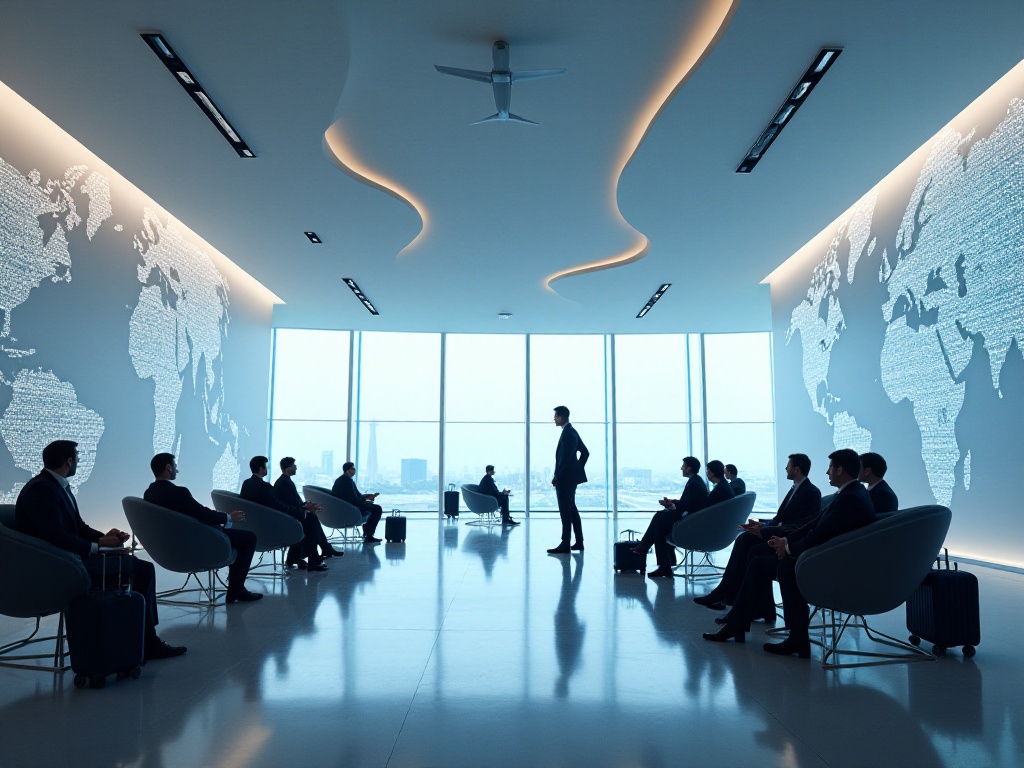
Future Outlook
Honestly, the current entry experience is already much better than a few years ago, but U.S. Customs continues to innovate. They're testing more new technologies, like using artificial intelligence and machine learning to optimize the entry process. I've heard they're researching gait recognition for identity verification - identifying people by their walking style. Though it sounds like science fiction, the accuracy rate is reportedly already quite high.
Moreover, with the proliferation of 5G technology, the user experience of these apps will become even smoother. Perhaps before long, we'll be able to update entry information in real-time while on the plane, then go straight through facial recognition channels after landing, with the entire process taking just seconds.
Final Thoughts
Looking back, the thought of queuing through customs used to give me a headache every time I planned to visit the U.S. But now with these apps, clearing customs has become a breeze. It makes me realize how much convenience technology has brought to our lives.
As we often say, the significance of technology is to make life simpler. These entry apps are the best example of how technology improves life. I hope my sharing can help you spend less time in lines and more time enjoying your journey on your next U.S. visit. If you have any useful entry apps or tips to share, please let me know so we can improve together. After all, in this information age, sharing creates greater value.


